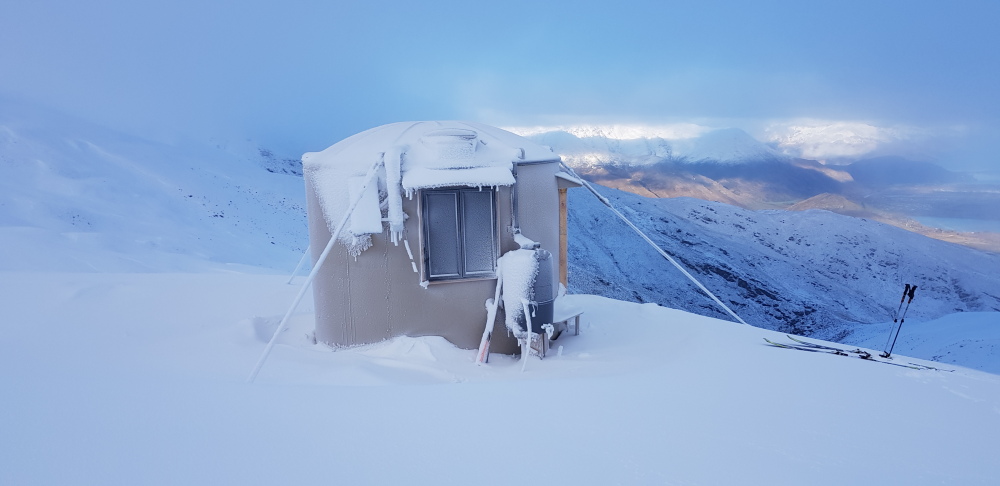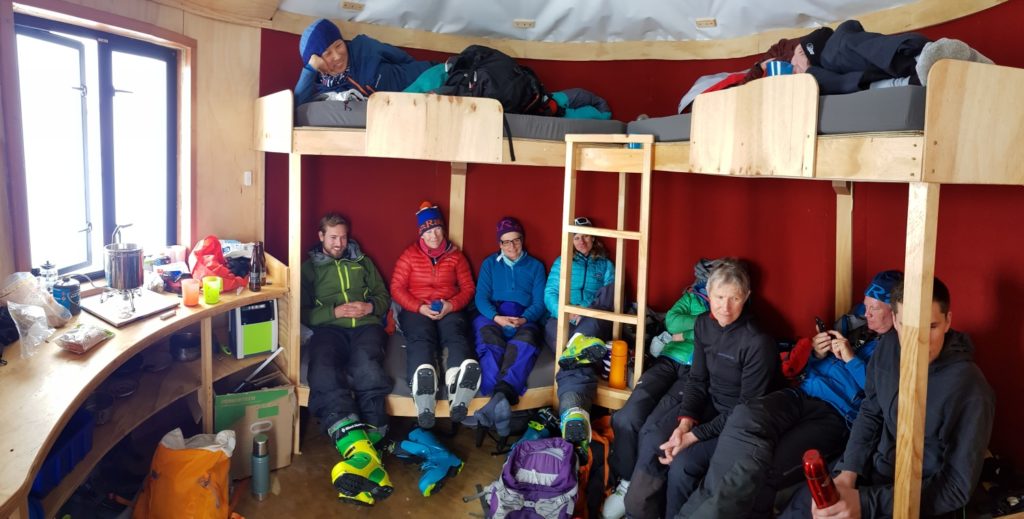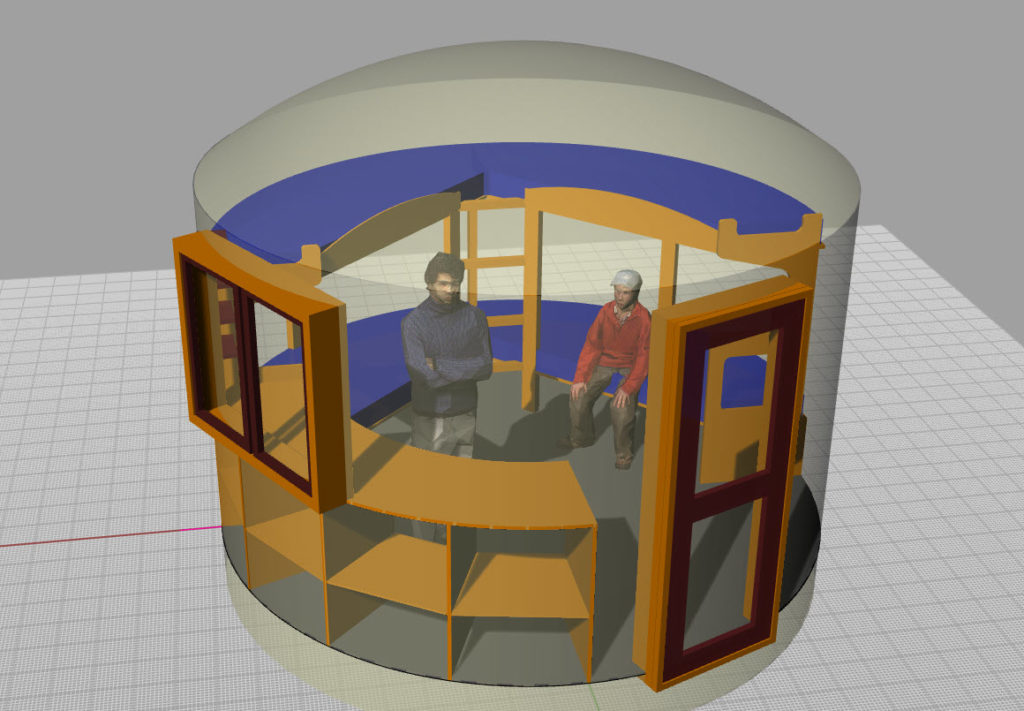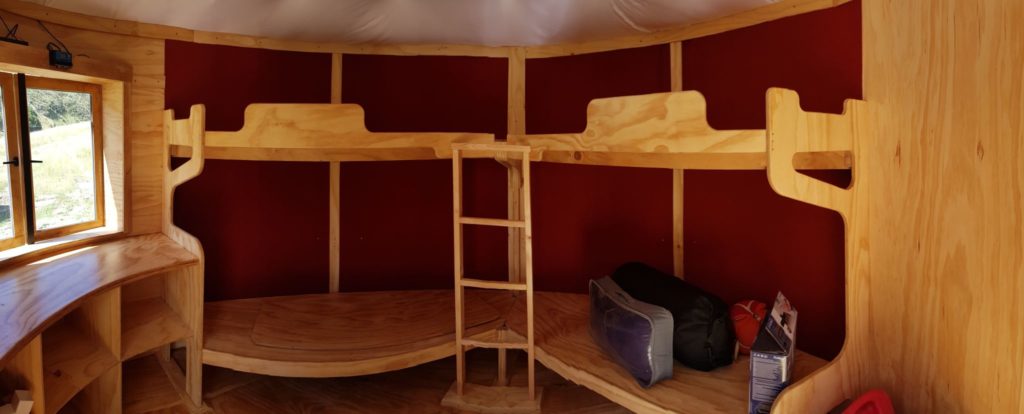About Turks
The hut’s design is based around the unusual but highly effective use of a large plastic water tank. Using this structure avoids many of the problems associated with standard construction techniques in the alpine environment such as snow and moisture ingress caused by high winds. The design has proved to be strong, light enough for easy movement by helicopter and rugged enough to withstand the rigours of an alpine environment.

To date, five of these huts have been built; two in New Zealand and three at Cape Adare in Antarctica. The latter installation was part of an international effort by New Zealand, Norway, China, the United States, and the United Kingdom to establish a semi-permanent field camp for the restoration of Borschgrivink’s Hut and research at the penguin colony.
The experience to date has resulted in progressive design improvements and innovation about how to make the structures safer and more comfortable.

Turks are very cosy, pleasing places to be – there’s something innately appealing about the round shape with warm plywood and felt interior. Homely touches such as armchairs lift them above the utility of a standard DOC hut. The standard design used for the Mahu Whenua Traverse has the following features:
- Double glazed door and window (opening);
- False floor of plywood (there is an air space between the floor and tank base used for anchoring ballast);
- Four comfortable, large bunks with good quality mattresses;
- Fully lined plywood walls with 25mm of insulation. The walls behind the bunks are also covered with a synthetic felt that helps with moisture regulation;
- Insulated ceiling;
- Solar powered lighting and USB power source for charging phones and cameras;
- Electrical ventilation system;
- A stylish curving bench with shelf;
- Gas cooking stove with pots, pans, cups, plates, and bowls (just bring your own gas canister);
- Coat hooks and shelving;
- An armchair so you can relax and enjoy the amazing surroundings!


Nice work, Erik! Looking forward to having the traverse completed.